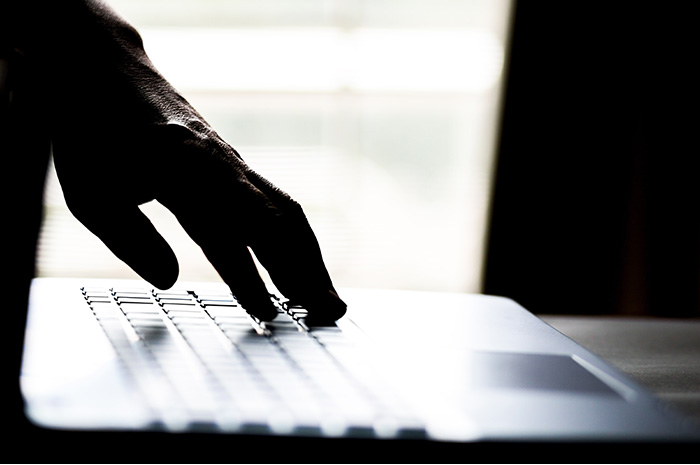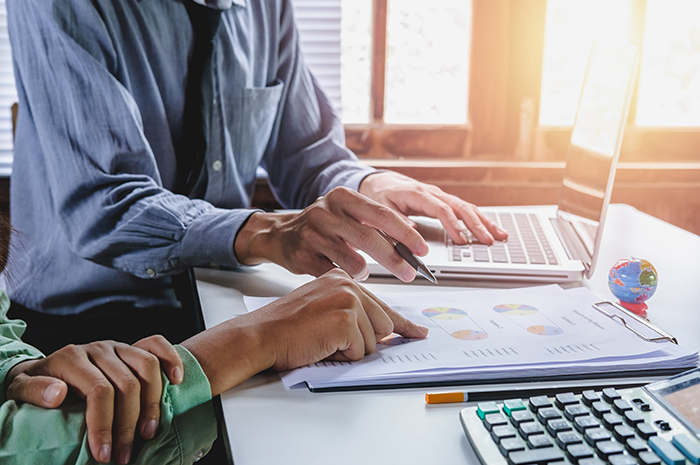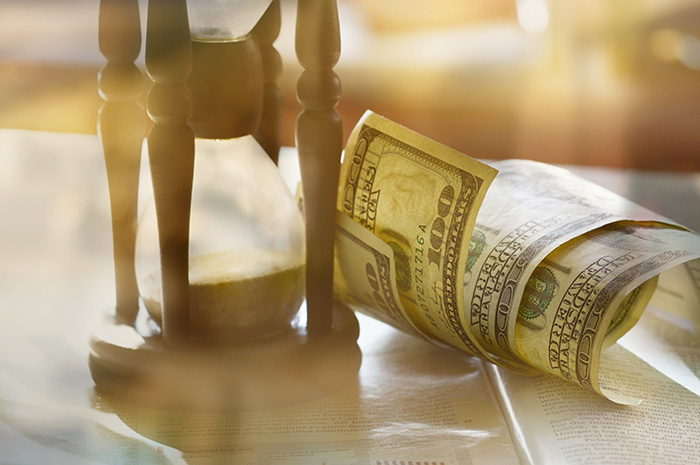
Whether you use your home computer for keeping up on social media, finishing up projects for work or paying bills, it’s important to take a moment to make sure this hardworking piece of technology has adequate protection. Why? The sad reality is that evildoers are out there, and if we’re not vigilant, our personal devices can be susceptible to attacks designed to capture our personal information — and use it.
Thinking about ways to protect your network and your devices may seem overwhelming, but trust us … recovering from a security breach that can lead to identify theft is even more overwhelming. Whether your computer is brand new or a few years old, here are some things you can check today to make sure your system is protected from outside attacks.
Install a firewall: A firewall is a must-have when it comes to protecting your computer from malware and other unwanted invasions. The good news is, a firewall usually comes with your router, along with your computer’s operating system. To confirm that this is functioning, make sure it is configured. (For assistance with your router, contact your internet service provider.)
Patch it through: For your computer’s software, make sure you opt in to automatic updates. These will fix any flaws in the software that hackers or malware can exploit. When software is no longer supported, it’s time to find a replacement and delete the old version.
Invest in antivirus software: This comes with an annual cost, but it’s worth it for the extra line of defense against malware and viruses. As with other software, switch on the automatic updates so it’s always up-to-date.
Strong passwords are your friend: Chances are, you need to practice better password hygiene for your computer and its software along with the many online accounts that control access to your bank accounts, shopping sites and other areas of your life. In fact, if you’re like 92 percent of online users, you use the exact same password for multiple accounts. Don’t. All it takes is one security breach, and your password is an open secret!
So it’s time to change your passwords. Now what?
First, make them long. Did you know that it takes a hacker just three seconds to crack a three-character password? The longer you can make them, the better.
Second, to build your new password, use random words and phrases that don’t have a direct connection to identity details — that means no names, birthdates, names or street addresses. To make the code harder to crack, use numbers, characters and capitalizations in place of two or three letters. For example, “greenToledo” could be turned into “gR3ent0!eDo”.
Finally, once your passwords are updated, you’ll need a system to keep track of them all. Password managers are a safe option because they use many layers of encryption.
As technology becomes a bigger part of our lives, it’s important to take the needed steps to keep our information safe from outside attacks. Learn more from Minnwest Bank about how to keep your personal and financial information safe with these personal security resources.


